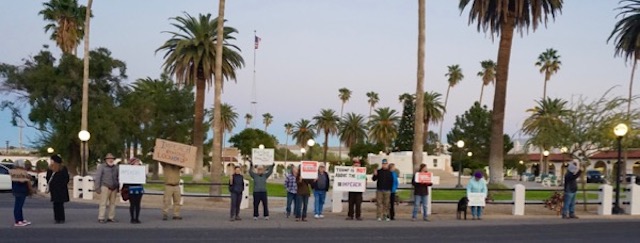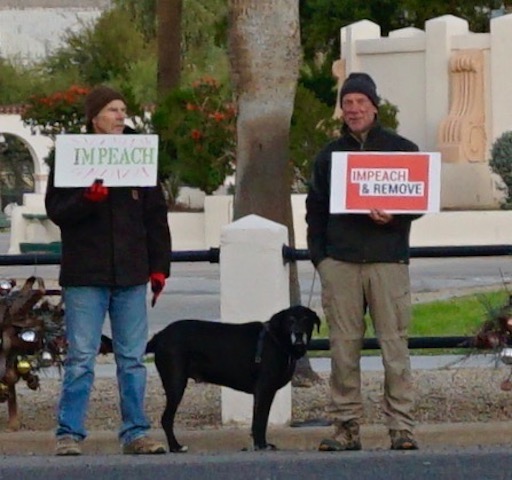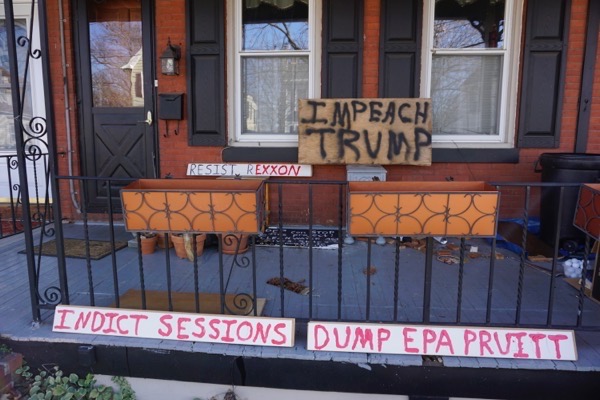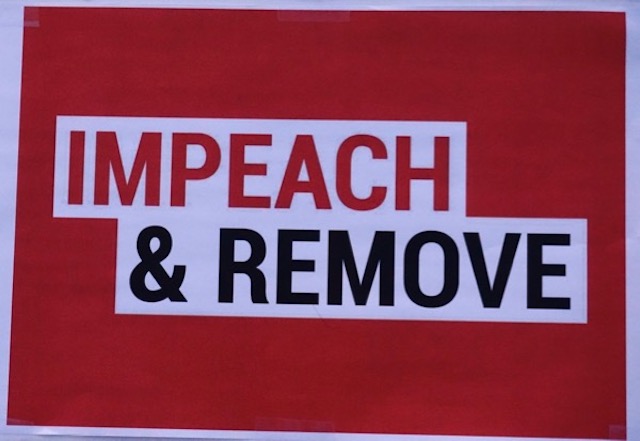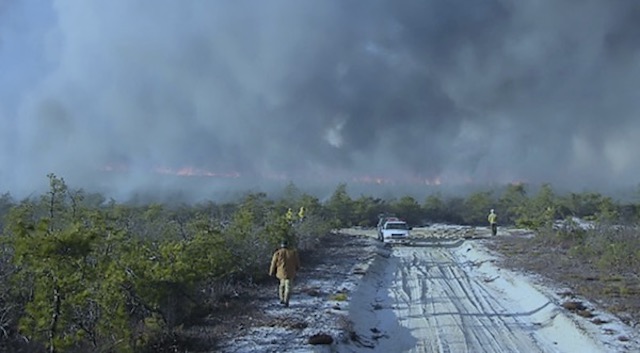While Policymakers Fret Over Alleged High Cost of Renewables & Electric Vehicles
Facts To Reframe The Whole Trenton Debate
“Scientists warn that drastic action is the only way to avoid catastrophic climate impacts” ~~~ WaPo, 11/27/19
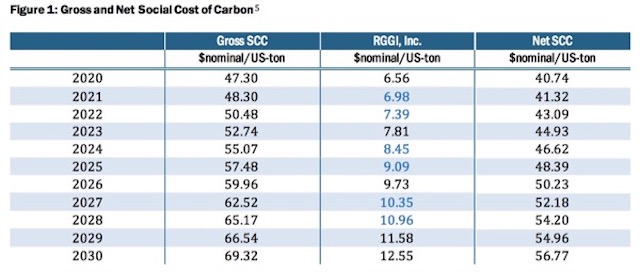
[Update below]
The State of NJ pays polluters not to pollute, instead of making polluters pay.
This policy results in billions of dollars in subsidies to fossil polluters, while ignoring the costs of the climate emergency and the benefits of reduced energy consumption, energy efficiency, and renewable power.
Paying polluters not to pollute is not only economically inefficient. It is deeply regressive and exacerbates economic inequality by transferring money from predominately low and middle income consumers to corporate profits and wealthy shareholders, where it perversely feeds profligate private consumption that increases greenhouse gas emissions and expands corporate power, while frustrating democracy and reducing social investment.
In contrast, making polluters pay provides economic incentives to reduce greenhouse gas emissions, generates public revenues to invest in energy efficiency and renewables that reduce greenhouse gas emissions, increases democratic control, and equitably redistributes resources via investments and dividends that benefit low and middle income consumers.
But we never read about any of that in NJ media reports, because the Trenton climate and energy debate is dominated by special interests, self interested consultants, narrow minded technocrats like “Ratepayer Advocate” Brandt, and incompetent hacks, who have focused almost exclusively – in a constant media drumbeat, especially in NJ Spotlight coverage – on the alleged “high cost” and “subsidies” to renewable energy and electric vehicles. Follow me:
As has been widely reported by the media, the NJ legislature recently passed – and Gov. Murphy signed – legislation that pays PSE&G over $300 million/year for so called “zero emission credits” (ZEC’s) at their nuclear power plants. The ZEC payment is allegedly justified by avoided carbon emissions that would result if the nuke plants shut down and their capacity was replaced by out of state fossil powered sources.
But what has not been reported by media is that ZEC’s are the exact opposite of pollution fees – and that regulatory mandates are even more effective than economic tools (more on that latter point in a future post).
This ZEC policy is based on a dubious assumption, i.e. that all the power that replaced PSE&G’s nuke capacity would be fossil generated imports, not from in-state efficiency and renewables.
The ZEC subsidy amount ($300 million/year) has no publicly stated factual basis. But in what may be the stupidest on the record public comment ever made by a legislator, bill sponsor and Senate Environment Committee Chairman Bob Smith told Star Ledger editor Tom Moran that he got the number from PSE&G CEO Ralph Izzo. NJ Spotlight:
Yesterday, Sen. Bob Smith (D-Middlesex), who helped draft the law, told the Star-Ledger’s Tom Moran he decided to set the incentive at $300 million because PSEG CEO Ralph Izzo told him it was the right number.
But we can roughly estimate the price of a ZEC as follows:
assuming PSE&G nukes produce about 40% of NJ’s electric power and the current NJ power sector emits 18.6 million tons, this amounts to about $40 per ton of avoided carbon emissions. ($300 million/(18.6 MT X 0.4) = $40/ton *** (see below)
Regardless of details, this is paying polluters not to pollute.
In contrast, making polluters pay would require that they pay to pollute.
The price per ton of carbon pollution would be at least the $40/ton that PSE&G receives for ZEC’s which amount is effectively a surrogate “price on carbon”.
But there are many other ways to “put a price” on carbon and make polluters pay. (for example, I’ve compared the RGGI allowance price to the $122 per ton emission fee that DEP charges for traditional “criteria pollutants”, showing over $2 billion per year in subsidies to the power sector alone).
Which brings us to the table above, which is from NY State.
ZEC’s are not the only huge subsidy to polluters.
Imposing the Social Cost of Carbon (SCC) is being discussed in New York: (but not in NJ):
NYISO’s Carbon Pricing Proposal: The Essence
NYISO’s proposal would incorporate a carbon price in the NYISO- administered wholesale energy markets, in dollars per ton of CO2 emissions resulting from power plant operations. The carbon price would be based on the social cost of carbon emissions, established by New York State officials. …
The carbon charge would provide incentives to suppliers of power with low or no carbon emissions, including for innovative low- carbon technologies that may not yet be developed or be commercial in wholesale markets that do not provide compensation for the value those resources provide. Imports of power into New York would have a carbon adder, thus discouraging leakage of CO2emissions into neighboring regions.
Note the HUGE difference between the “Social Cost of Carbon” and the RGGI price.
In the first year (2020) its $40.74/ton. It only gets bigger over time.
NJ’s energy sector carbon polluters are only paying the small RGGI allowance fee for their carbon pollution.
That represents a $40.74/ton subsidy. On a statewide level, that amounts to $758 million/year subsidy.
So, just the PSE&G nuke subsidy and the RGGI power sector subsidy amount to over $1 billion/year in public subsidies to carbon polluters.
For statewide context, according to DEP,
New Jersey’s current annual [RGGI regulated power sector] emissions of CO2 are about 18.6 million tons
But according to NJ DEP’s most recent greenhouse gas emission inventory, the power sector is less than 20% of total GHG emissions.
If the transportation sector (40.6 million tons of GHG missions) were required to pay the SCC – via some form of fuels tax – that would amount to $1.65 BILLION.
So, the fuels industry is being subsidized by $1.65 BILLION/year (and that’s not counting $15 billion/year in federal subsidies nationally. Global subsides are even larger.).
Commercial and industrial buildings emit 16.6 million tons. That amounts to another $676 million subsidy.
These subsidies only grow over time.
So, think about these HUGE MULTI-BILLION DOLLAR SUBSIDIES to fossil polluters next time Rate Advocate, some legislator or NJ Spotlight complains about all the so called “high cost”, “burdens” and”subsidies” to renewable power and electric vehicles.
And these “costs” are based only on traditional mainstream economics – not science – which ignores the most significant “cost” implication of the climate emergency: the collapse of civilization, ecological collapse, and the suffering and death of billions of people.
Now how the hell does one put a price on that?
[*** I must have been doing inverse Izzzo math. I mistakenly adjusted the 40% nuke capacity by applying that to the RGGI powers sector. Actual data is available to provide a more accurate estimate, so I’m surprised that PSE&G didn’t make that part of the public debate. When my error is corrected, the ZEC price is closer to $25 per ton, not $40. But that doesn’t change the fundamentals flaws with ZEC’s.]
[Update 12/18/19 – The drumbeat goes on. Right on time, NJ Spotlight provides another example of false framing to over-emphasize alleged costs & ratepayer burdens – 54 cents per month doesn’t even buy a cup of coffee!! See:
Remarkably, after 13 paragraphs that emphasize costs and subsidies to renewables buried at the end of the 14th paragraph in a claim attributed to the utility – – not even reported as as a fact – we learn:
Atlantic City Electric said the cost of the program, if approved by the BPU, will be paid by a delivery charge on customers bills — roughly 54 cents a month for the typical customer.
NJ Spotlight Editor John Mooney, in his email distribution today, even wrote about costs being “foisted” on ratepayers:
For all the agreement on the need to promote electric vehicles, there is hardly consensus on how to pay for it. Even if the state’s utilities step up, will it just get foisted on the ratepayers in their electric bills?
Hey John – your bias is showing. See a dictionary for the pejorative definition of “foisted”:
transitive verb
1a: to introduce or insert surreptitiously or without warrant
b: to force another to accept especially by stealth or deceit when the states … foist unnecessary expenses on local taxpayers— T. C. Desmond
2: to pass off as genuine or worthy foist costly and valueless products on the public— Jonathan Spivak… inferior caviar has been foisted on an unknowing public …— David Rosengarten
